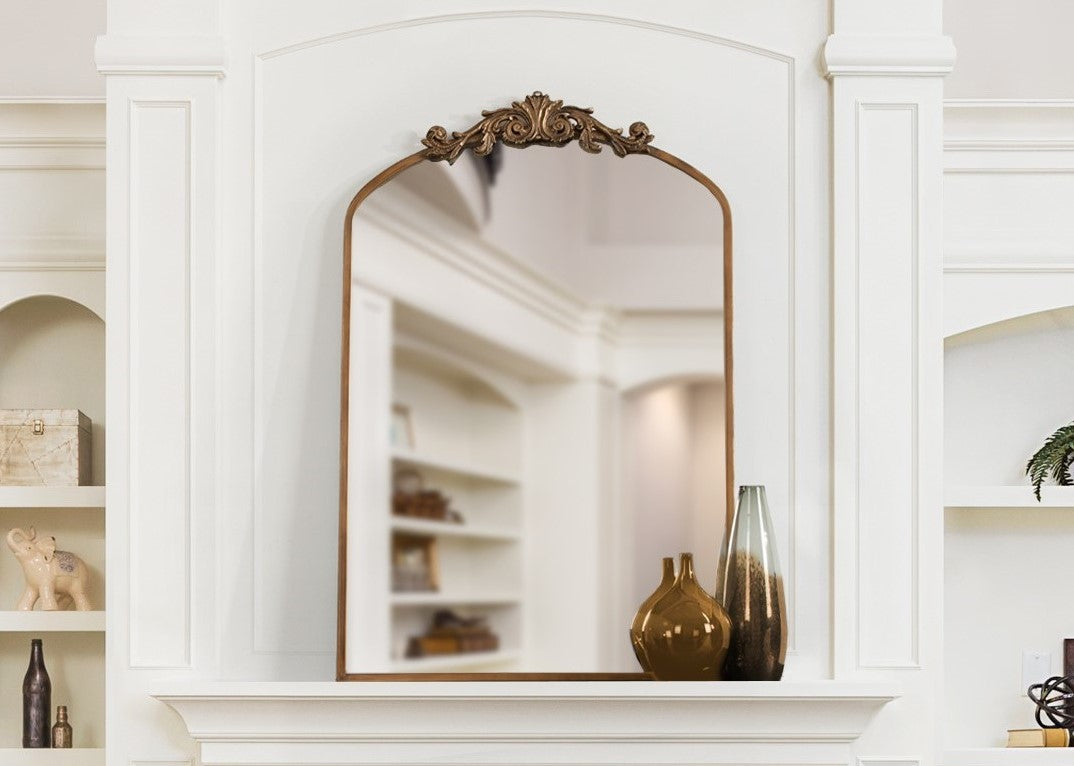
The Arendahl mirrors are part of one of our favorite collections at Kate & Laurel. This beautiful collection of wall mirrors takes inspiration from the French provincial design period, portraying an elegant and timeless beauty. How did this design trend start, and what are its hallmarks? Let's dive into the history of this glamorous and refined aesthetic.

Where It Began
This type of décor first rose to prominence during the 1600s in the French provinces of Brittany, Provence, and Normandy, inspired by Versailles' grand architecture. French provincial design started to make accessible versions of royal décor for the public. According to Professor David Juliao, this type of style was created for wealthier families in the French provinces, who, despite their wealth, could not afford the design of the royals. However! Its popularity has skyrocketed, and French provincial design has become increasingly ubiquitous in the last decades.

How It Came to America
This aesthetic came to the US following the aftermath of the First World War. According to House Beautiful, French provincial-style homes became common construction in the 1920 and again in the 1960s, crafted by returning soldiers who took inspiration from the soft, elegant style. The French provincial style remains a classic and popular decorative aesthetic in the United States.

Identifying the Style
French provincial style is rather easy to identify. Ornamental carving created iconic motifs like flowers, mythological creatures, and garland. These pieces often have soft, curved lines out of solid wood, wrought iron, and even stone. In larger furniture pieces, you will also find decadent cabriole legs with fabulous curves. Colors often associated with this style are cream, bronze, walnut, gold, and even muted greens and blues.

The elegant look of this beautiful aesthetic has a long, storied history, yet it remains a timeless element in contemporary homes to this day.

Comments (0)
Back to K&L Blog